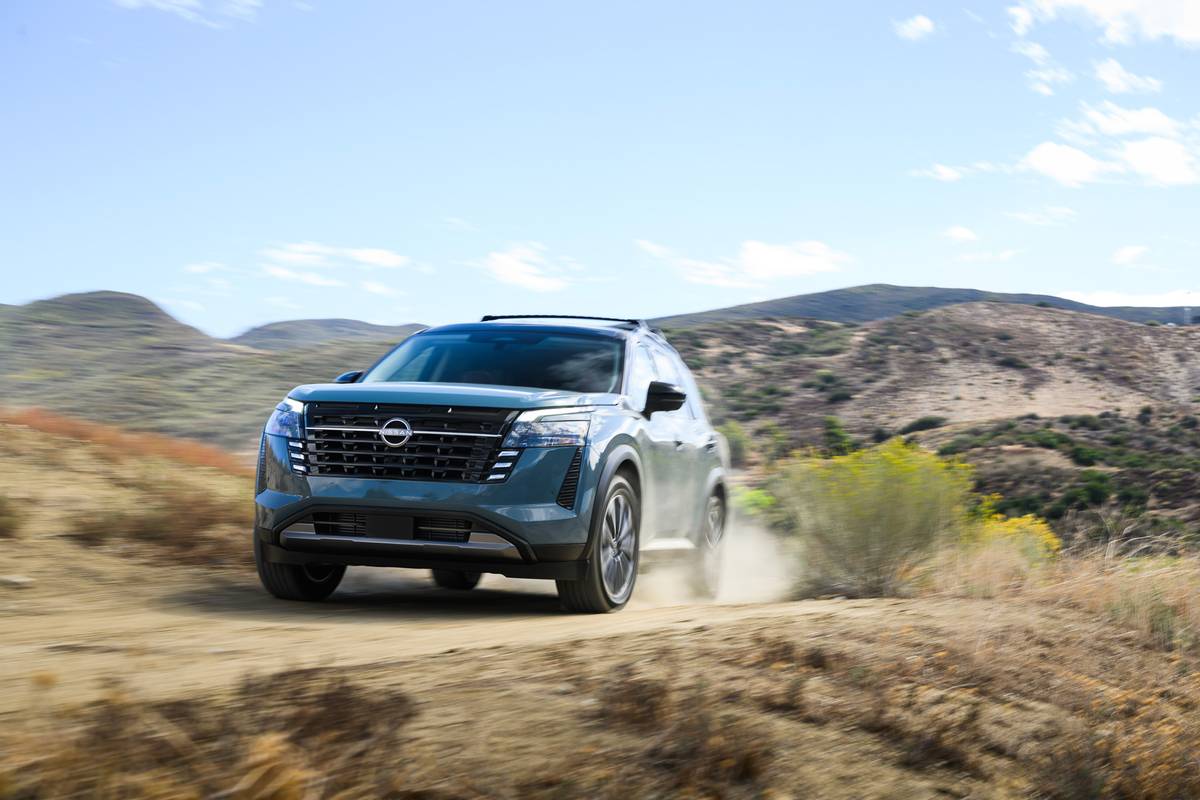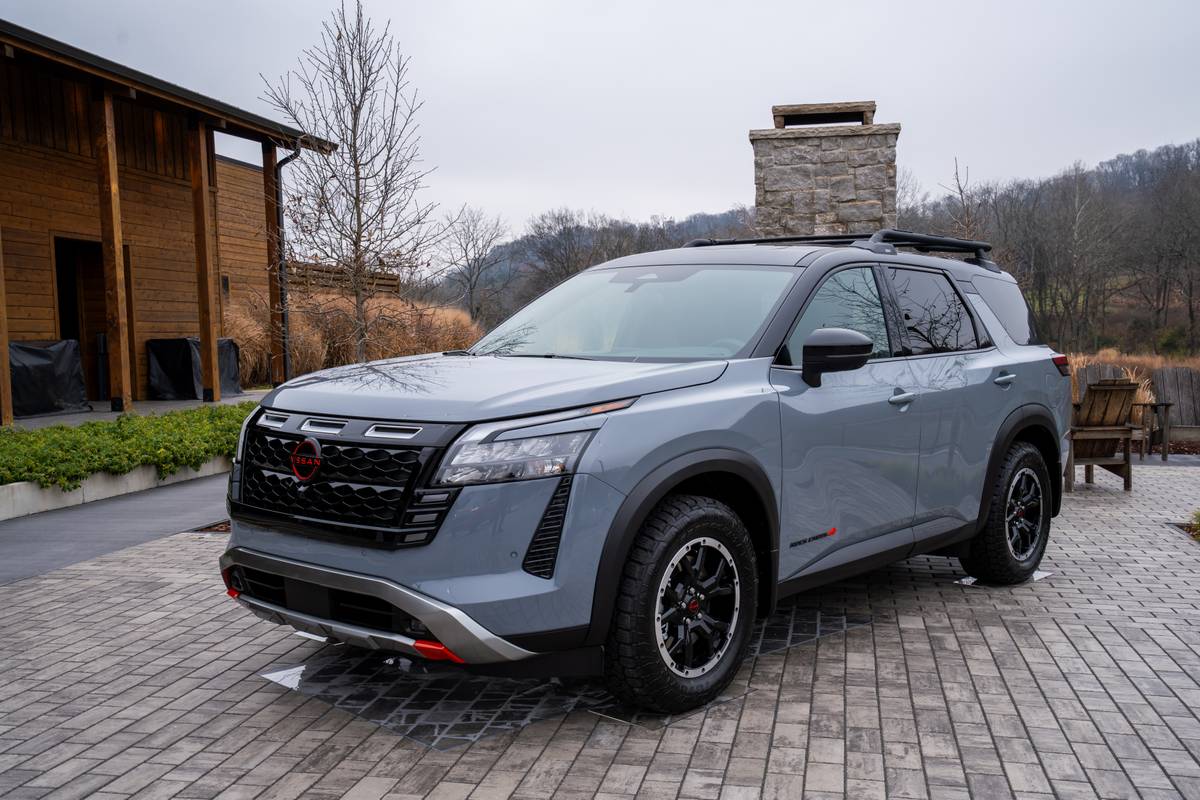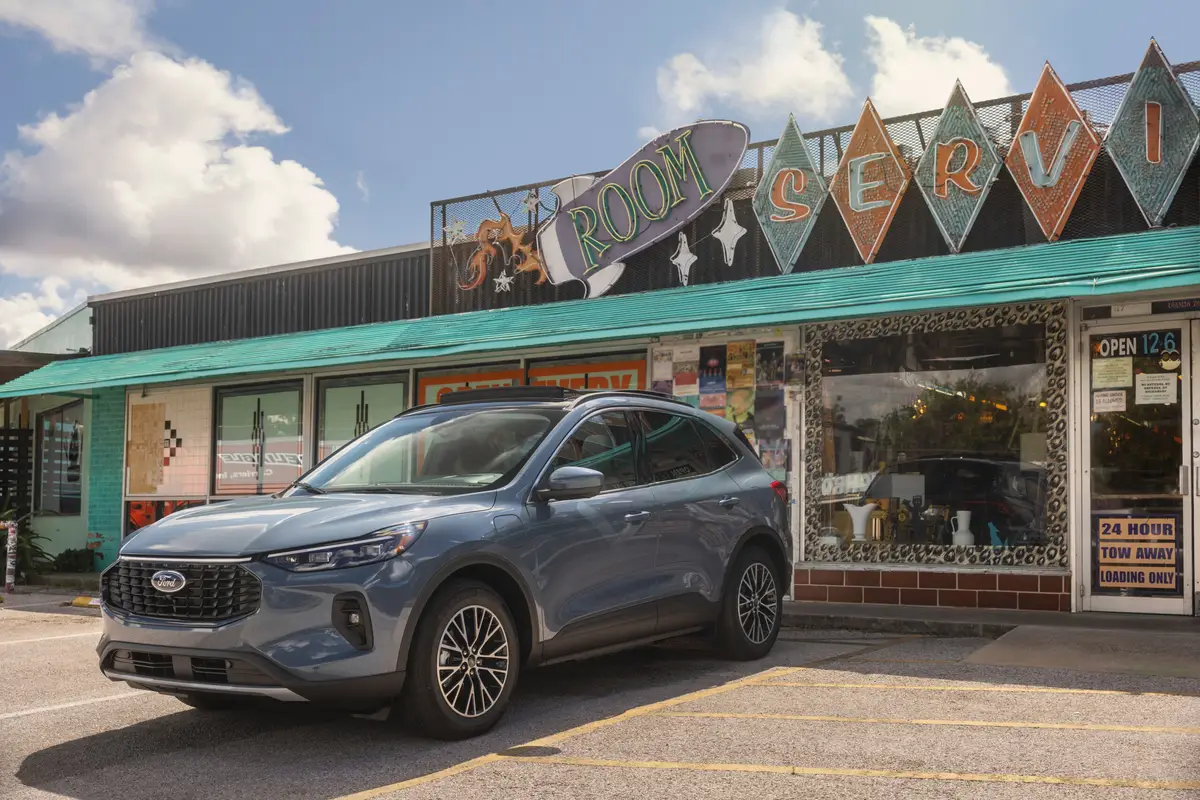The Morning Call and Mcall.com's view
The aerodynamically styled Mercury Cougar – with its sloping hood, small frontal area, windshield and vertical back window – is a strikingly attractive car. It is the type of car that people will give a second look.
But the Cougar is not just another pretty face, it is a well-designed and engineered personal-type vehicle that could appeal to many drivers. But until the new model came along – it was introduced as a mid-1983 car – the Cougar never approached the popularity or sales of its Ford Motor Co. stablemate, the Thunderbird. This year, however, the Cougar has established itself as its own car -not the Mercury version of the Thunderbird. Many people are buying Cougars – there has been a sales increase of 629 percent over the previous model of two years ago.
Although this year’s Cougar is basically the same as the mid-1983 model (there have been some powertrain, functional and interior changes) there is one big difference: the reintroduction of the XR-7, a designation dropped after the 1982 model. To be sure, the XR-7 is not exactly a distant memory but the new model is really a Cougar in a class by itself. It has been designed for the driving enthusiast and features a turbocharged engine, five-speed manual transmission, handling suspension and special interior and exterior items.
The test car – supplied by Haldeman Lincoln-Mercury, 2443 Lehigh St., Allentown – was silver metallic with a dark gray lower band. The color, coupled with the polycast wheels and P205/70HR14 blackwall performance tires, made for a very sporty look and a more expensive appearance.
Cougar is a midsized car and has a wheelbase of 104 inches, overall length of 197.6 inches, width of 71.1 inches, height of 53.4 inches and curb weight of 3,065 pounds. The Cougar is a four-passenger coupe with plenty of room up front for driver and passenger and limited room in the rear. The back seat is suitable for small children or adults under dire emergency conditions. The luggage compartment measures 14.6 cubic feet.
Front seats in the car are Ford Motor Company’s version of expensive European sport seats. Not only do they do all the things the European ones do, they are a lot cheaper. There are five manual adjustments adjustable side cushions and inflatable lumbar support. Many cars today have lumbar supports but very few have the inflatable feature, which is simply an air bulb that fills up an air bladder. It does take awhile to get these seats adjusted. If two persons of widely different dimensions happen to be driving the XR-7, there’s going to be a whole lot of adjustment.
Once adjusted, though, things should go pretty smoothly. The XR-7 isn’t that difficult to drive but it does take a bit more attention than a regular car. The clutch and transmission aren’t too tricky, but you do have to pay attention. Handling is very good.
Front suspension features are a hybrid MacPhers on strut setup with gas- filled struts. The rear has the Ford-developed Quadra-Shock design (offered the first time on the Thunderbird Turbo Coupe last year). This special four- bar link, coil-spring suspension features two hydraulic axle dampeners mounted horizontally toward the rear between brackets on the axle and body rails. Similar in design to shock absorbers, the axle dampers help maintain dynamic stability of the rear axle during cornering and acceleration. Add to this power rack and steering and those big Goodyear GT tires on alloy wheels and you end up with quite a package. Despite all of this suspension, the ride still remains comfortable.
The four-cylinder engine measures 140 cubic inches or 2.3-liter, which at first glance may appear to be somewhat small for a car weighing in at a bit more than 3,000 pounds. Without the turbo, it would be. But since the whole purpose of turbocharging is to increase horsepower on demand, the XR-7 has more thane ough power for all Lehigh Valley driving conditions.
Cougar’s engine, which also has an overhead cam and electronic multiple- port fuel injection, is rated (with the turbo engaged) at 145 horsepower at 4,600 rpm and 180 foot pounds torque at 3,600 rpm. When the turbo isn’t working, the engine is putting out about 90 horsepower.
One of the disadvantages of older turbocharged engines was throttle lag. You’d put the pedal to the metal and then wait a couple of seconds for things to catch up. The XR-7 engine, however, features a ”blowthrough” design. Ford claims this system, which places the turbocharger ahead of the throttle, provides faster response by maintaining a slight pressure in the inlet system to help overcome the low-speed lag of more conventional systems. Also, the fuel-injected system is designed to provide maximum performance and efficiency from idle to wide open throttle.
Engine rpm (as indicated on the tachometer) jumps right up and you have to be careful not to overboost the engine. There are lights to indicate the turbo is engaged and if there is overboost. Also, the tach is redlined. So, if you pay attention there won’t be any problems.
Some may ask: Why not just install a bigger engine instead of turbocharging a smaller one? But the bigger the engine, the more fuel it uses. Turbocharging, on the other hand, allows for power and fuel economy. To be sure, not at the same time. When you take it easy on the throttle, miles per gallon increases. When you need the juice, it decreases.
The bottom line to the turbocharging on the XR-7 is this: If you play the transmission right while thromping down on the accelerator, you should go from zero to 60 in a bit over nine seconds, and if you don’t keep your foot on all the time, fuel mileage should average 16 miles per gallon in town and 26 miles per gallon on the highways. Keep in mind, premium unleaded gasoline should be used because of the demands of the turbo.
Base price on the Cougar XR-7 is $13,090. This includes all of the performance items plus standard equipment such as power steering, power windows, tinted glass, electronic digital clock, power brakes, power outside mirrors and tachometer. Options on the test car included: air conditioning, $743; rear defroster, $140; AM-FM stereo, $204; diagnostic warning lights, $89; interval windshield wipers, $50, and tilt steering, $110. Add to this a destination charge of $432. The test car had a credit of $315 for the five- speed manual (the price difference of the automatic transmission) and $1,000 special added discount. When this is taken into account, the bottom line comes to $13,543.
Latest news



